Pressure Switches operate electrical contacts when a preset fluid pressure is reached. The switch may be designed to operate when pressure rises or when it falls. There are several types of pressure switches and each one has its own advantages and disadvantages. In this article we' ll discuss different types, components, applications, and selection criteria.
Components
There are a variety of different components that go into a pressure switch. These components can be categorized according to their purpose, including the physical components, temperature compensation, and electrical output. Other important features include the amount of vibration and shock that the switch is designed to withstand. Some pressure switches even feature digital numerical displays.
A mechanical pressure switch works by actuating a spring or a piston from the pressure of a fluid. The larger the area of the piston or diaphragm, the higher the actuating force. The spring or diaphragm is then preloaded to match the operating pressure of the fluid .
Applications

Pressure switches are used in Water Tank Float Switch many applications where a change in pressure is necessary. They can either be mechanical or electronic. Mechanical pressure switches use a diaphragm or a spring to detect changes in pressure. They also have a preset limit that the pressure can exceed. They can also be programmed on site.
The pressure switch measures forces between two points in a system and triggers an electrical contact when a pressure difference is detected. Typical pressure switches are mounted on the upside and/or bottom of a piece of equipment. This type of switch is useful for monitoring pressure drop across filters and screens, as well as in monitoring tank levels.
The pressure switch market has been segmented into several subsegments. By type, the electromechanical segment is expected to dominate the market through 2023, with applications in industrial and commercial settings. By pressure range, the subsegment below 100 bar is expected to be the largest segment from 2018 to 2023. This segment is expected to be driven by the automotive & transportation sector, as it is growing at a rapid rate.
Selection criteria
When you're shopping for pressure switches, there are a few different factors to consider. Choosing the right one is important not only for your application, but also for your budget. Using the right criteria will reduce the cost of your pressure switch and increase its lifetime. The following are some of the most important considerations to consider when purchasing a pressure switch.
First of all, you'll want to consider the range of pressure the switch will monitor. Some pressure switches are limited to monitoring a single pressure point, but others can monitor up to four. Additionally, some pressure switches are adjustable. This feature can be useful in applications where you need a switch that can monitor multiple switch points.
Enclosure protection ratings
Pressure switch enclosure protection ratings can vary, depending on the material used, the environment they are in, and the parts that may be exposed to them. The most basic level of protection is the first level, which provides protection against solid objects and dust. The second level provides protection against liquids and direct moisture spray.
The next level of protection is for hazardous environments. Pressure switches and electronic devices are typically marked with ATEX markings if they are to be used in hazardous environments. It is important to note that higher protection ratings generally cost more money, and are not always indicative of higher protection.
Cost
The report covers key details of the Pressure Switch market, such as the size of the market, its segmentation, competitive landscape, recent development, and growth trends. It also offers detailed cost and supply chain analysis. It aims at providing dependable data for strategic consumers to make informed decisions. The report also discusses the influence of the COVID-19 pandemic and the growth opportunities in the market.
The cost of a pressure switch varies widely. The average price for a replacement pressure switch ranges from $262 to $278. The price is dependent on various parameters, including the type of pressure switch and the location of the water line.
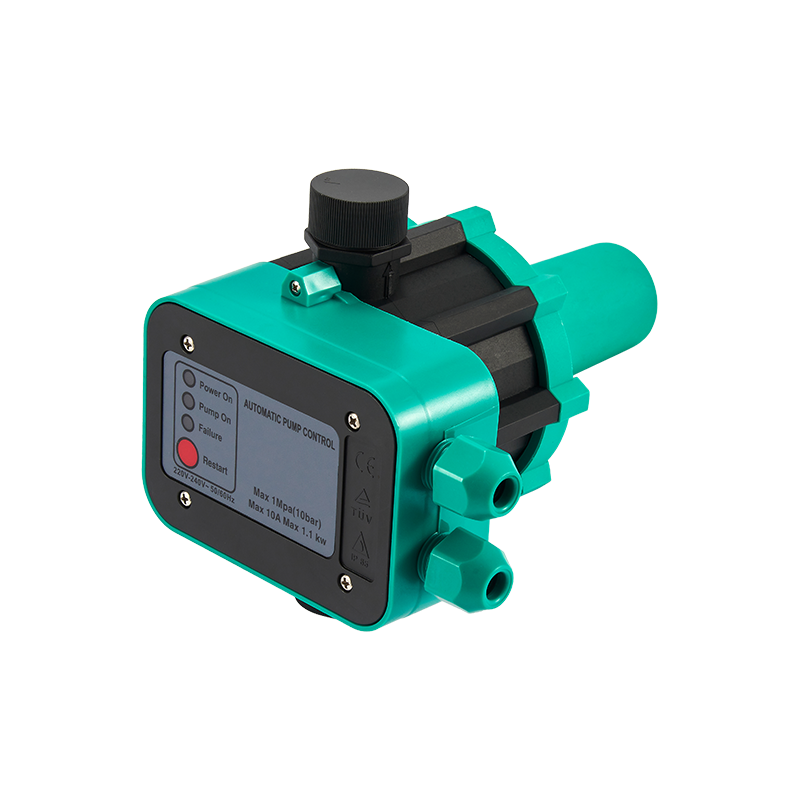
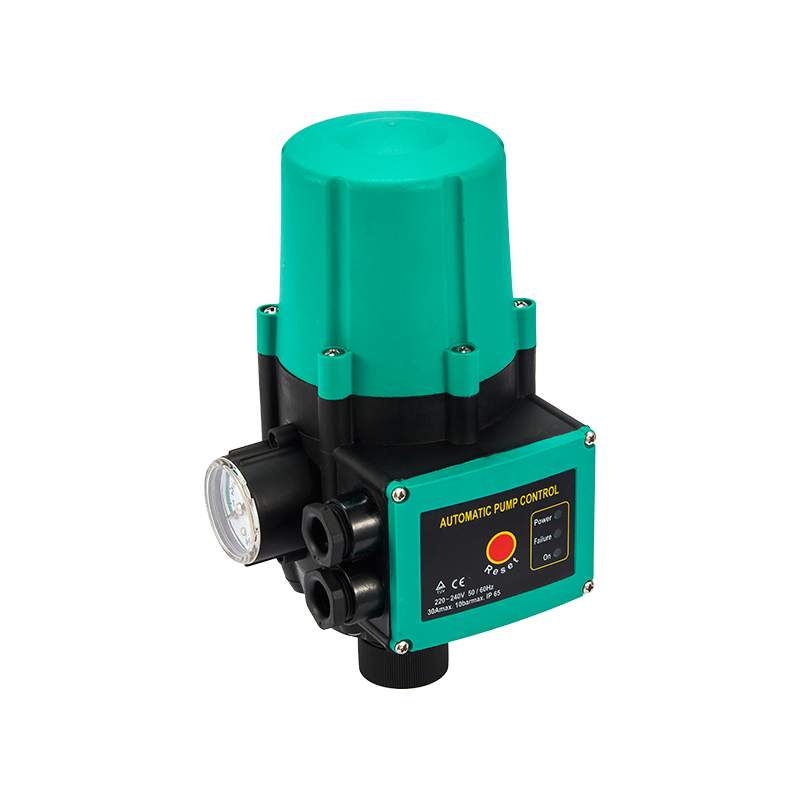
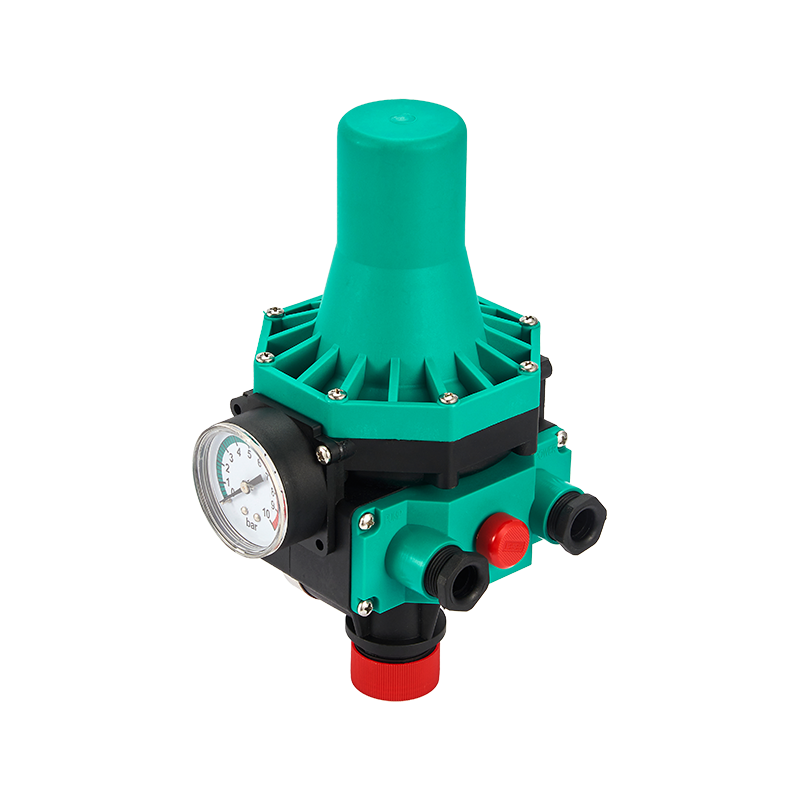
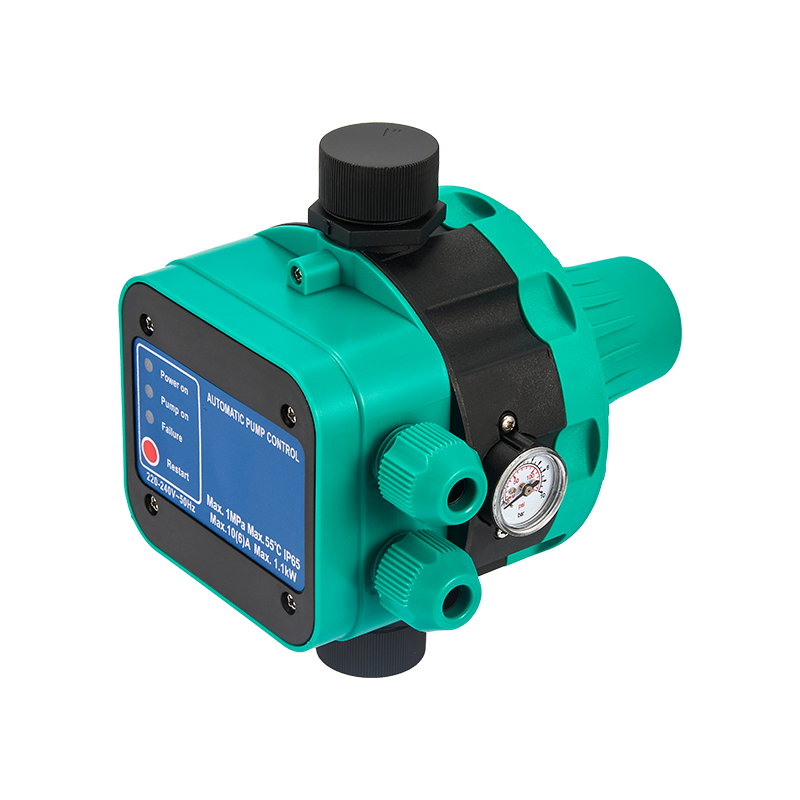
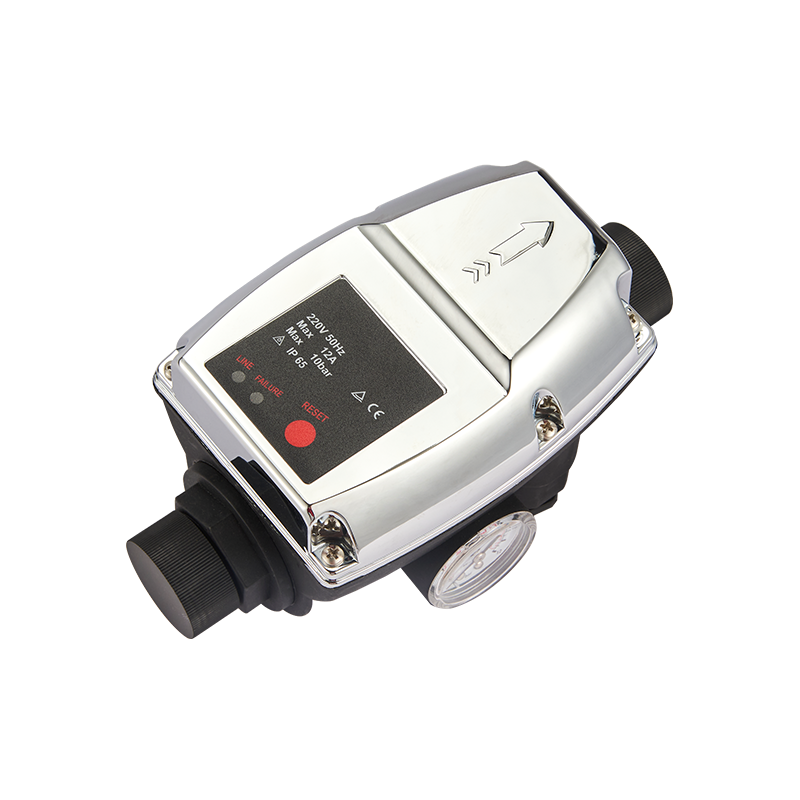
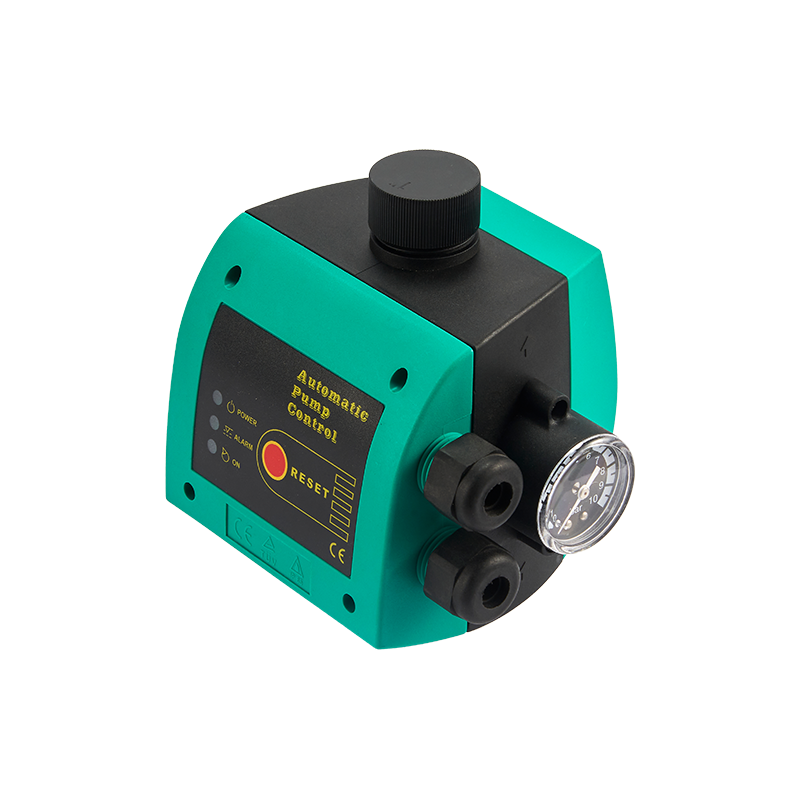
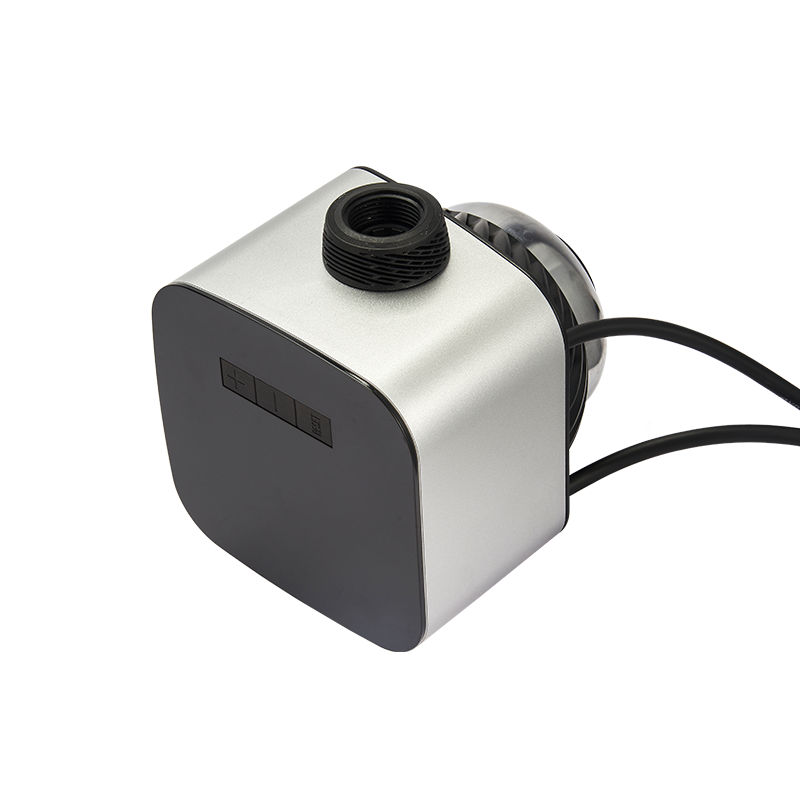
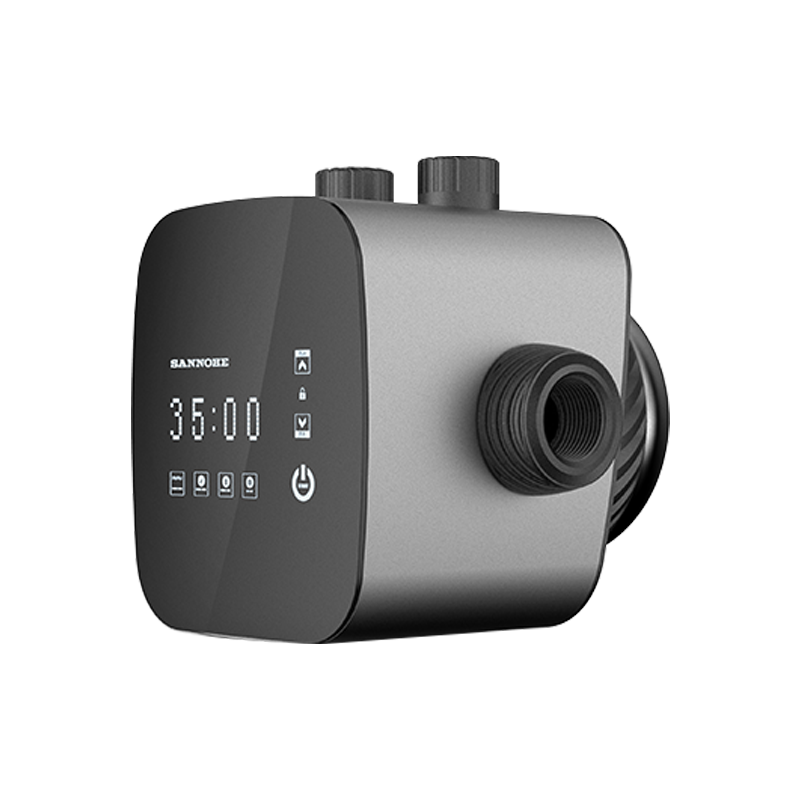
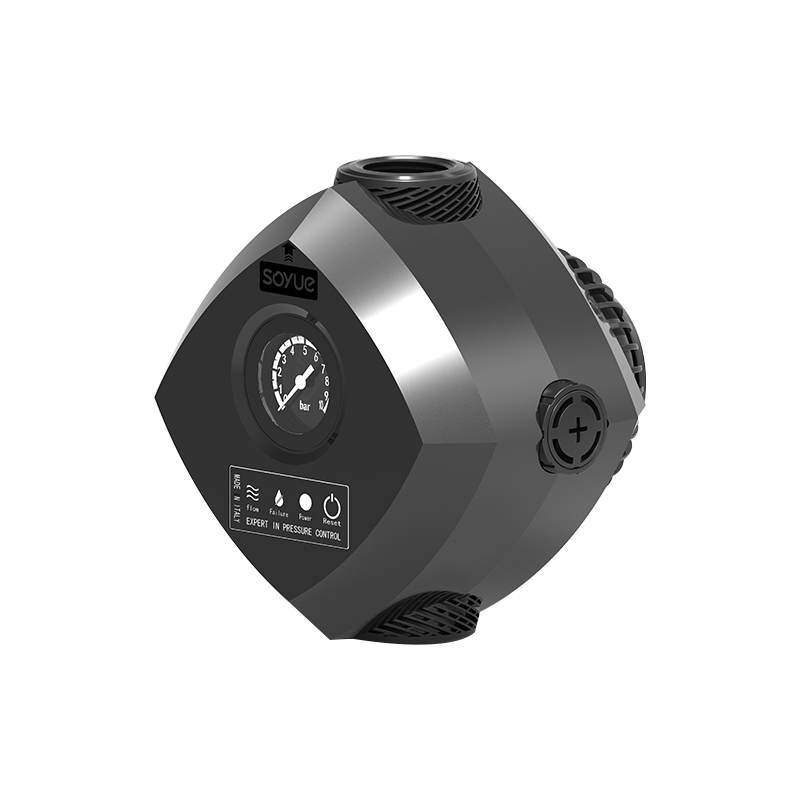
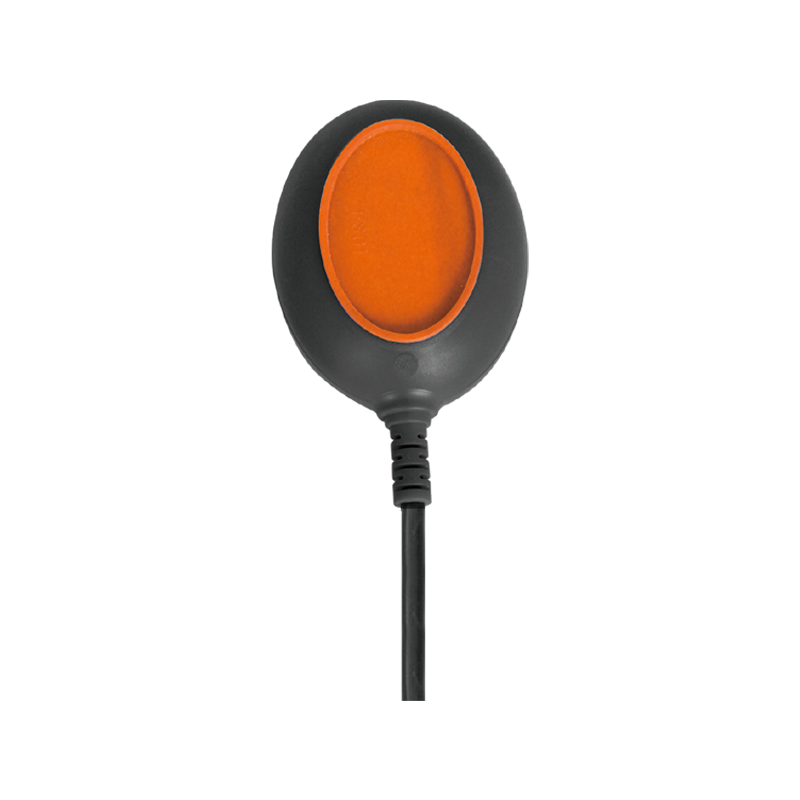
The fluid handling industry continues to witness significant advancements in pump controller technology, with these systems playing an increasingly vital role in operational management. A modern pump controller serves as the intelligent command center for pumping equipment across numerous applicatio...
The fluid handling industry continues to depend on reliable pump pressure switch technology to maintain proper system operation across numerous applications. This essential component serves as an important control device that monitors pressure levels and activates or deactivates pump systems accordi...
The integration of automatic pump control technology is transforming how water and fluid systems operate across residential, commercial, and industrial applications. This sophisticated approach to pump management utilizes sensors, controllers, and software algorithms to optimize performance without ...